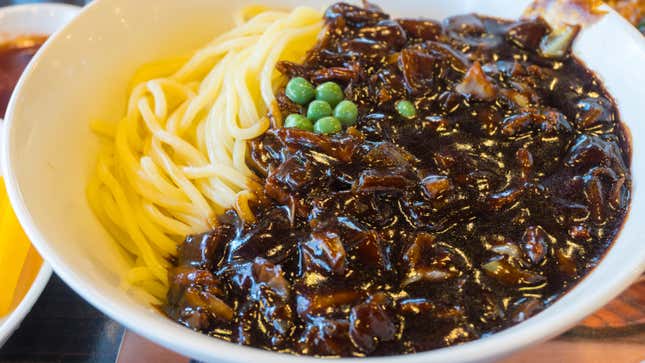
Korean food is pretty amazing—and yes, as a Korean-American I’m happily biased. People often ask me some form of this question: “I’m new to Korean food. What should I order?” Exploring cuisines that are new to you can be daunting, and getting a little intel ahead of time instead of pointing at a random item on the menu makes things a little easier.
Thankfully, there are plenty of universally beloved Korean staples, and any of the dishes in this list make for a great introduction to Korean food. They’re also comfort food for a lot of us, so not only will you get to try something cool and new to you, you’ll also be able to try some of the most nourishing and cherished dishes that Korean cooking has to offer. (Oh, and if you need some coaching on all the basics, like etiquette, banchan, and more, we have you covered.)







